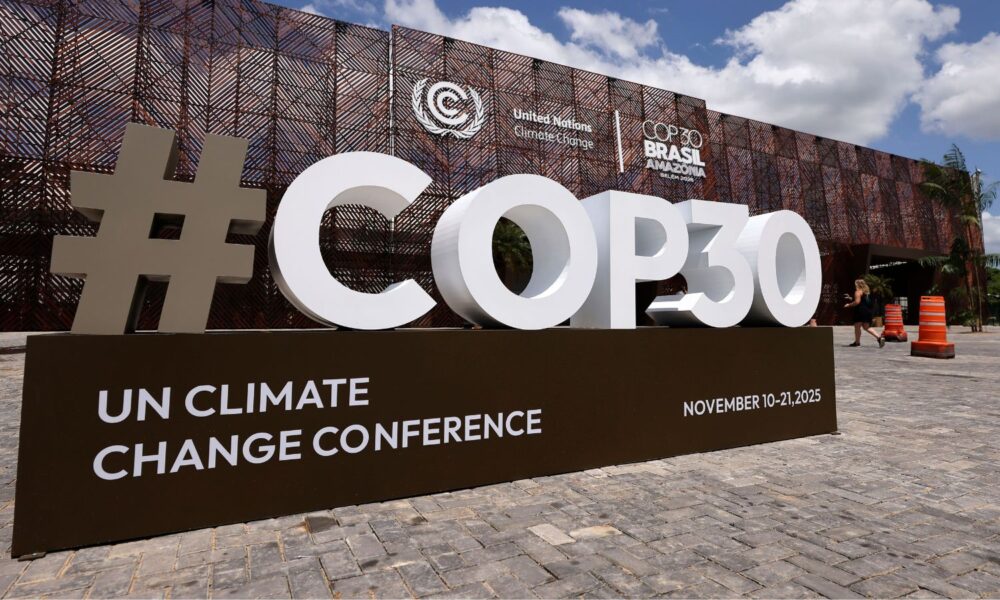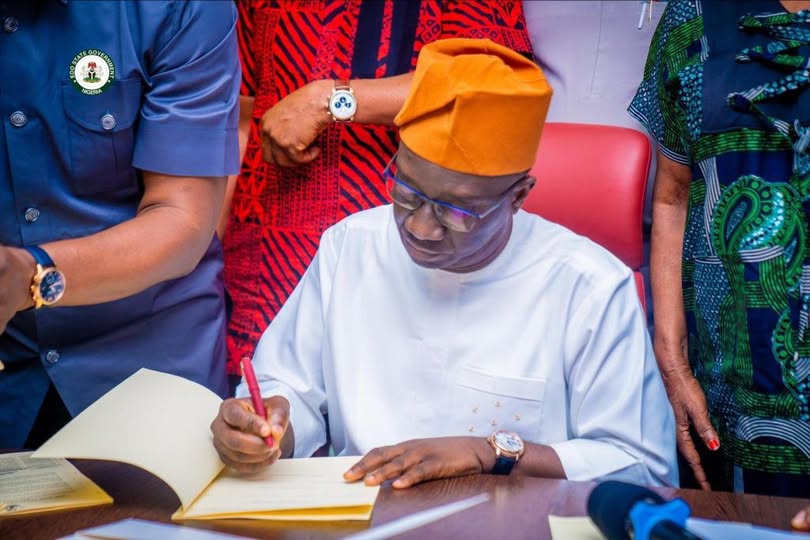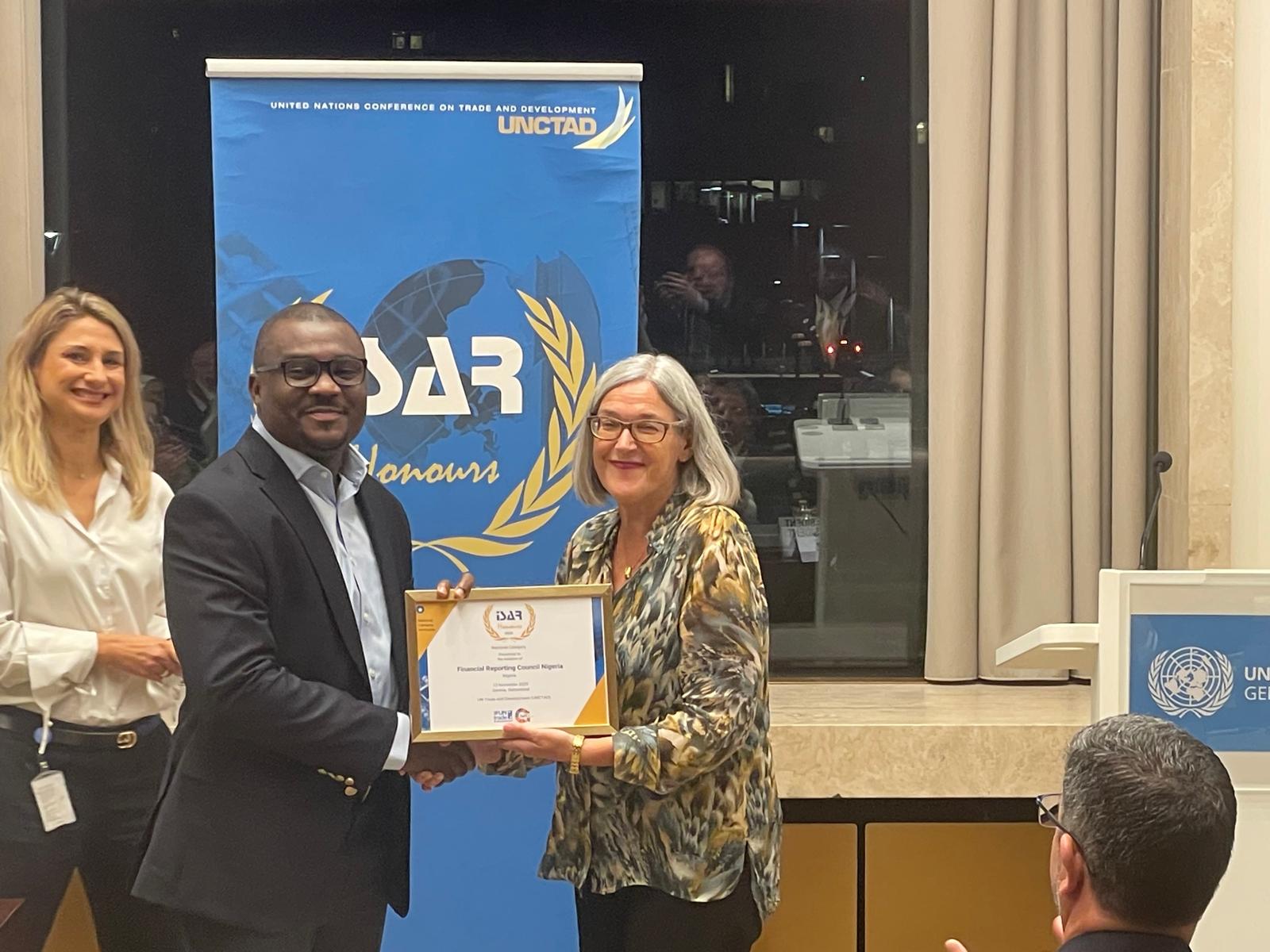The first week of COP30 ended cautiously on Saturday as negotiators reported slow progress despite the release of a new draft text. For the first time, the document formally recognizes a “just transition” mechanism in climate talks.
Early Moves to Prevent Stalemates
On the opening day in Belém, Brazil, COP30 President Andrea do Lago avoided a potential early standoff. He urged countries to delay debates on contentious issues like climate finance, carbon border measures, and data transparency. This move helped prevent the agenda fights that have stalled previous summits. However, it did not hide deeper tensions simmering beneath the surface.
Tensions flared on Tuesday when indigenous demonstrators attempted to enter the venue without permission. Security temporarily shut the gates. Protesters demanded stronger recognition of indigenous rights and land protections. Their actions highlighted long-standing frustrations that frontline communities remain sidelined, despite Brazil hosting the talks on Amazonian soil.
A Milestone Draft: Belém Action Mechanism
By Friday, negotiators released a draft text introducing the Belém Action Mechanism (BAM), which formalizes the just transition concept. BAM frames transition as a process requiring finance, technology transfer, workforce development, and social protection.
The mechanism signals growing acceptance that the shift to cleaner energy must be fair and not deepen historic inequalities. For many developing nations, particularly in Africa, this recognition is long overdue. African delegates warned that demand for critical minerals for electric vehicles, batteries, and clean technologies risks repeating old extractive patterns—where resources leave the continent while communities are left with environmental damage, low-skilled jobs, and limited economic value.
Kudakwashe Manjonjo, energy adviser at PowerShift Africa, called BAM a “milestone.” He said, “This is the first time we’re seeing clear written language on a just transition mechanism at COP. The Global South is not coming empty-handed. We are offering solutions while ensuring equity.”
African negotiators emphasized that BAM must include safeguards against exploitation, fair value chains, and predictable financial support for countries facing economic disruption as fossil fuel industries wind down.
Divisions Over Adaptation Indicators
Beyond the progress on just transition, the sharpest divide arose over the Global Goal on Adaptation (GGA). Negotiators are narrowing a list of adaptation indicators to about 100, which will measure countries’ progress in building climate resilience. At least 16 indicators remain red lines for developing nations.
Developed countries favor standardized, quantifiable metrics tied to national reporting systems. Developing countries argue that such metrics ignore capacity constraints and shift responsibility to nations lacking finance and technology.
Richard Muyungi, AGN chair, said, “Some indicators place responsibilities on developing countries without providing the means to act. They must reflect real needs and come with real support.”
African negotiators are calling for a two-year policy alignment process before indicators are adopted. Developed nations want immediate adoption, heightening tensions.
Amy Gilliam-Thorpe, adaptation lead at PowerShift Africa, warned that several indicators “shift responsibility to developing countries and infringe national sovereignty. Week two must deliver quality adaptation finance linked to national plans and the global stocktake.”
Finance: The Core Division
Finance remains the most divisive issue across COP30 tracks. African delegates reminded developed nations of their obligations under Article 9.1 of the Paris Agreement to provide financial resources. They also criticized blended and hybrid finance models that could worsen debt rather than support a smooth transition.
Trade measures such as the EU’s carbon border adjustment mechanism (CBAM) and new forest regulations were flagged as potential green protectionism that could harm African economies.
“When Africa emits the least globally, penalizing isolated sectors without considering development contexts is unjust,” said the AGN chair.
Early Signs of Progress
Despite the divisions, observers noted smoother proceedings than expected. Iskandar Vernoit, executive director of the IMAL Initiative, said the presidency “avoided a contentious agenda fight” and maintained open channels for consultations among different blocs.
Yet, experts warn that without deliberate policies, the global energy transition could deepen inequality. Fossil-fuel-dependent regions face job losses, while many developing countries risk exclusion from green opportunities due to limited finance, technology, and workforce capacity.
Heading Into Week Two
As COP30 enters its decisive second week, negotiators face tough questions:
- Who will finance the just transition mechanism?
- How will it be governed?
- What accountability tools will ensure equity?
The fate of the GGA indicators also remains uncertain. The challenge for the presidency is whether early diplomatic calm can translate into meaningful progress at a summit expected to deliver ambition.
Conclusion:
Week one of COP30 highlighted the growing importance of just transition and equitable climate action. While tensions persist over finance and adaptation indicators, the inclusion of BAM represents a historic step toward fairness. The world now watches as negotiators tackle these critical issues in week two, balancing ambition with equity for vulnerable nations.



